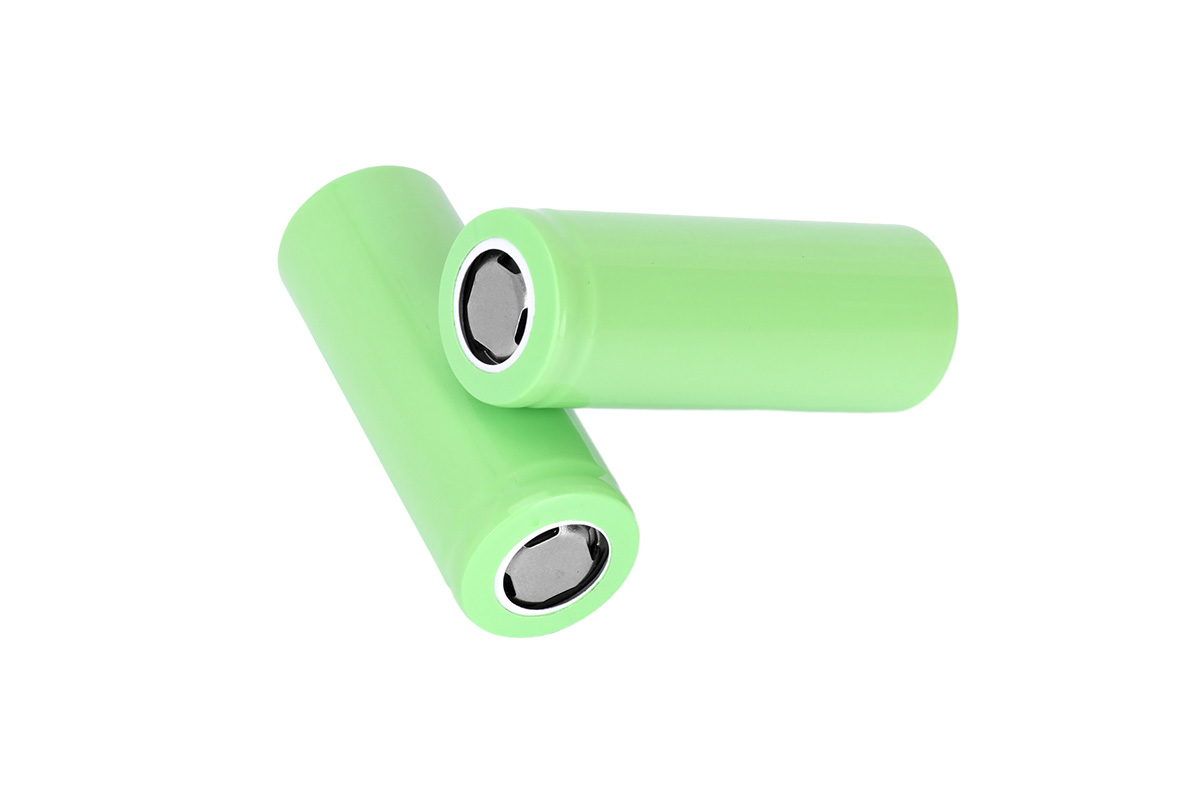Time:2024-04-18 Preview:1 source:News

The circuit principles and design methods of lithium-ion battery chargers mainly involve current control, voltage control and protection mechanisms.
The working principle of the lithium-ion battery charger is to safely and effectively fast charge a single-cell lithium-ion battery through an external current-limiting charging power supply and a P-channel field effect transistor. The biggest feature of the charger is that it can still achieve very low power dissipation without using an inductor, and the charging control accuracy can reach 0.75%. When the battery voltage reaches the set threshold, the charger will enter pulse charging mode. In addition, the built-in measurement circuit of the charger can detect voltage and temperature values as a criterion for charging termination and a criterion for a safe charging environment.
When designing a lithium-ion battery charger circuit, there are several key components to consider. The first is the power input circuit, which is responsible for providing the power required for charging and needs to support different input voltages and fast charging protocols. Next is the DC-DC circuit, which is a bridge connecting the two circuits before and after. It mainly reduces the input voltage to a voltage suitable for the charging management chip. Finally, there is the charge management circuit, which is responsible for accurately controlling the charging process through the current control circuit and voltage control circuit according to the charging conditions and status of the battery.
During the design process, you also need to pay attention to the following points: First, ensure that the load of the charger (i.e., the main device) can obtain power stably and safely; second, the data communication between the charger and the main system needs to be stable and reliable in order to obtain real-time The charging status and condition of the battery; finally, the charger needs to have multiple built-in protection mechanisms, such as overvoltage protection, temperature protection, etc., to ensure the safety of the charging process.
Related suggestion:
[Technology] Reasons why electric buses should not be equipped with ternary lithium batteries
What is a bandgap reference_Advantages of bandgap reference circuits